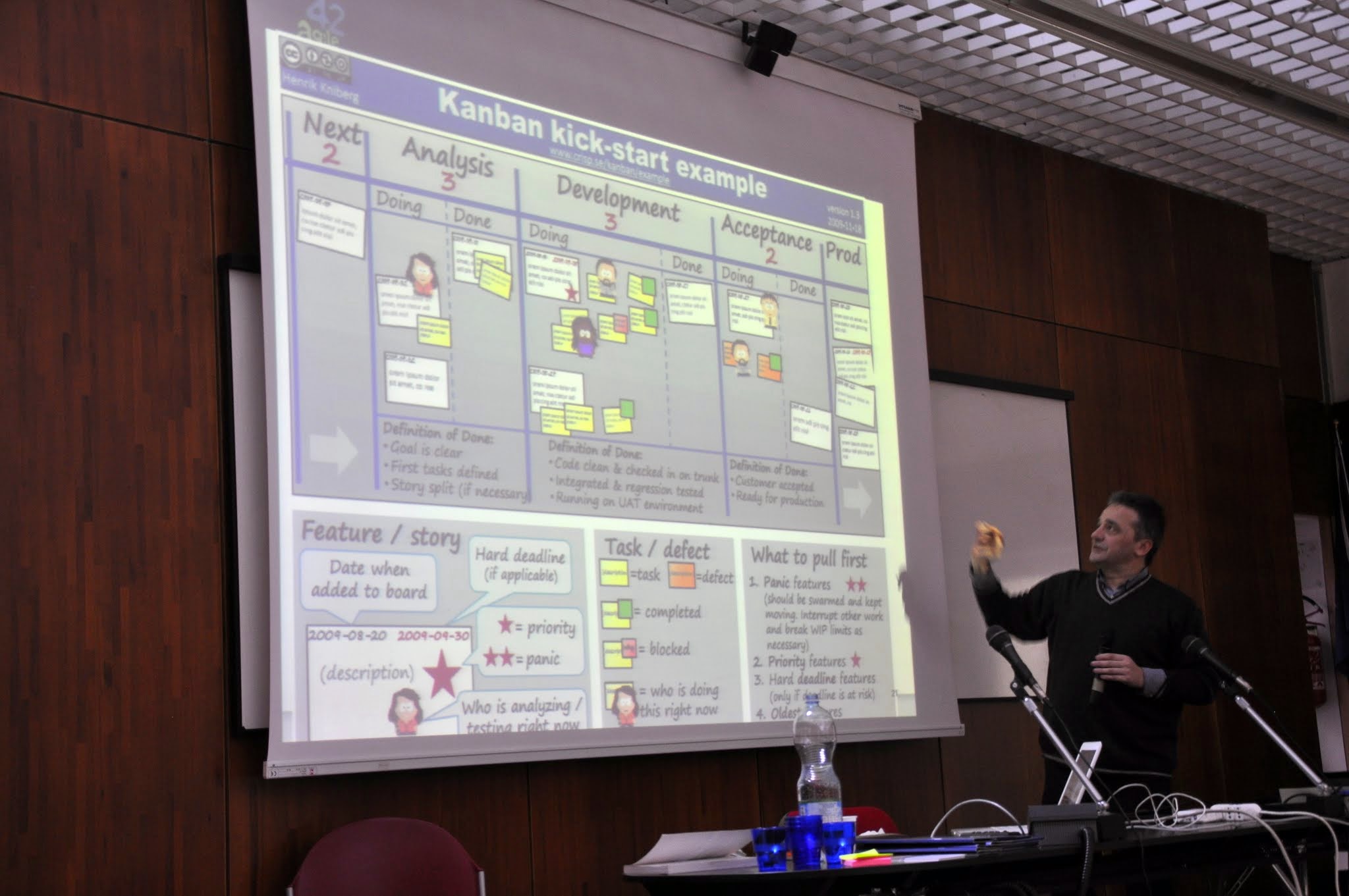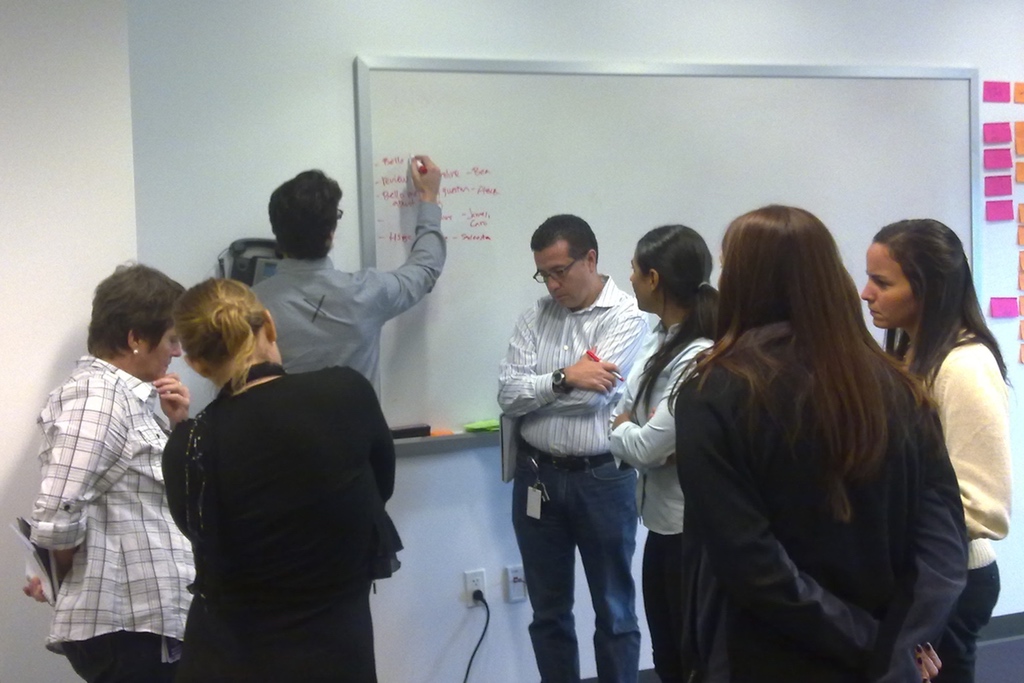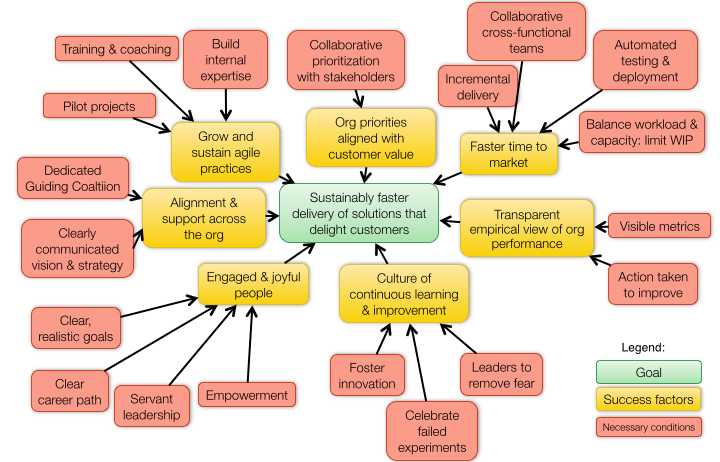We have all heard it before “show me how you measure me and I show you how I behave” (I think the original quote is from Eliyahu M. Goldratt). It’s been quoted and requoted so many times it’s hard to tell, and it’s true.
I see the effects of this issue every day, which leads me to ask the question…
Are incorrectly applied KPIs the root of all evil?
I see dysfunction in organisations all the time, as do many people I am sure. I often ask the question, “is that part of your KPI’s?” The resulting answer “yes” just reinforces this more often than not.
I was speaking to the product owner of an interesting project. He was complaining about the number of bugs logged that were essentially duplicates. I asked how the testers were measured, and he said “bug counts.”
It feels to me that KPIs are trying to solve multiple problems, and that we have lost sight of the goal of encouraging a behaviour of self critical improvement, instead of informing a behaviour of compliance.
Trust / Performance
The first problem I see, is that people don’t trust each other to do a good job or rather that organisations don’t trust the awesome people they hire. We create performance bonuses and remuneration around objectives, because we believe that people need external motivators to get work done. There is an underlying belief system that says people need carrots and sticks in order to be their best. I believe that if you give people a clear common goal, and the resources to achieve that goal, remove the impediments, then they will try their best to achieve the goal, regardless of bonuses.
Instead we link specific outcomes to people’s value.
By doing this we are essentially linking their value and success in the organisation to these KPIs. People want to feel like they are adding value. The resulting behaviour is that they will do everything in their power to achieve the stated KPI outcome. This, in and of itself is not a bad thing. The problem arises when this goal is at odds with another person’s goal (or KPI) or with the overall business strategy. How we set these up is part of the problem.
Creating an environment of visibility and openness is a far better way to encourage trust and performance. People will more often than not do their best to be committed to a team and to deliver on what they have promised. No one wants to be the person that let the team down. A collaborative team environment that encourages honesty and trust is far better than a group of people with conflicting goals. Rating people individually while trying to foster a team culture will likely create dysfunction, competition and unhealthy conflict.
Lack of direction
Closely linked to the lack of trust is a lack of direction. What I see is that companies have not clearly defined their strategic objectives and created a clear common goal for the people in their organisation to move towards. Setting up Global KPIs as an indicator of progress or as an overall goal, makes more sense to me than individual competing KPIs.
An example of this I have seen is that, we have 100+ projects that need to be delivered and no clear alignment about what we are trying to achieve with these projects and which ones are most valuable to the organisation. Project Managers are rated on getting Project X in on time and this is linked to their performance bonus, whilst teams need to deliver on all 100 which is frequently an unachievable goal. Teams are forced to make priority decisions on a daily basis about what is the most important thing. They make these decisions while lacking valuable context and information.
How the Project Manager or Project Sponsor is rated, drives her behaviour. She will do whatever it takes to make sure that Project X is delivered on time. If Project X is not the best for the business, that is not her focus. If Project X gets executed poorly and shipped with loads of bugs, that is not her primary concern. The KPI was to get the project done on time and that will inform her behaviour, her goal is to add value and meet her targets.
By setting her KPI and linking it to a monetary incentive, we are basing her value and reward on a single goal over which she has no direct control. The resulting behaviour is to conceal the truth about progress, to compete with other project managers or project sponsors, and to not always share valuable information, especially if it does not serve her end goal. This has large impacts on the global strategy that most people are unaware of.
Setting a clear, common goal and ensuring that people have the necessary resources (yes, I mean actual resources) to achieve that goal is far better than creating competing KPIs. Setting goals that align to business strategy across all areas will help teams and individuals make better decisions about what to do next. Giving those individuals enough information about where we are going and why we need to get there will encourage them to work smarter and with more collaboration. So it seems that this starts with better prioritisation and alignment at all levels (Brad Swanson has a great post on this).
Creating Competition
Some organisations believe that creating competition between divisions and departments is healthy and that it helps the business to grow. I have seen instances where this has created a large amount of dysfunction. What often happens is that each division has KPIs that compete with other divisions, except of course the service departments, like “IT”, who often have to service all of these divisions, and generally at the same time.
Now you have different divisions vying for “resources” (if you’ll excuse the term) and the result of this is that each team member is 20% allocated to this and 30% allocated to that and 45% allocated to the next thing, and 5% allocated to learning. These individuals spend their days context-switching between competing stakeholder requests or in project update meetings. Likely less than 50% of their work day is spent doing the making that everyone is hoping for. As a result, each person is actually only able to contribute minimal time to the project. The transaction costs are so high that it ends up taking years for a team to ship anything.
Having alignment is better than competition, especially when there are only one or two teams that can deliver to the business. If the Project Managers and Product Owners are aligned in their goals, then it will be much easier to ship the most important things, because it will be easier to get focus for the teams on one specific thing. Setting people against each other will only result in more context switching and higher transaction costs. The knock-on effect is that everything takes longer to get done.
The current incarnation of KPIs is NOT, I believe, effectively solving the problems we want to solve. We pit people against each other and encourage them to compete; for time, for resources, and for people. We create environments where people are fighting to get their needs met and not for the overall needs of the business. In an environment like that, it is the loudest person or bully that will win every time, and that doesn’t always make for the best business decisions.
According to Gerald Weinberg, it’s useful to apply the rule of threes when thinking about any problem. Gerald suggests that if we can’t come up with at least three ways to solve the problem, then we don’t understand the problem effectively.
Perhaps in the case of KPIs we have lost sight of the problem we were trying to solve.
Some organisational KPIs add value and direction. At agile42 we use KPIs to help create focus, direction and self critical improvement. The current incarnation of KPIs in most organisations is reinforcing the dysfunction and not solving the right problems. We apply KPIs as a solution to create performance goals because that is the way we have always done it. To quote Gerry again “Things are the way they are because they got that way”. Maybe it is time to go back to the beginning, and ask ourselves,
“What is the problem we are trying to solve?”
If we did that, we could find better ways of solving these problems without the resulting dysfunction.







